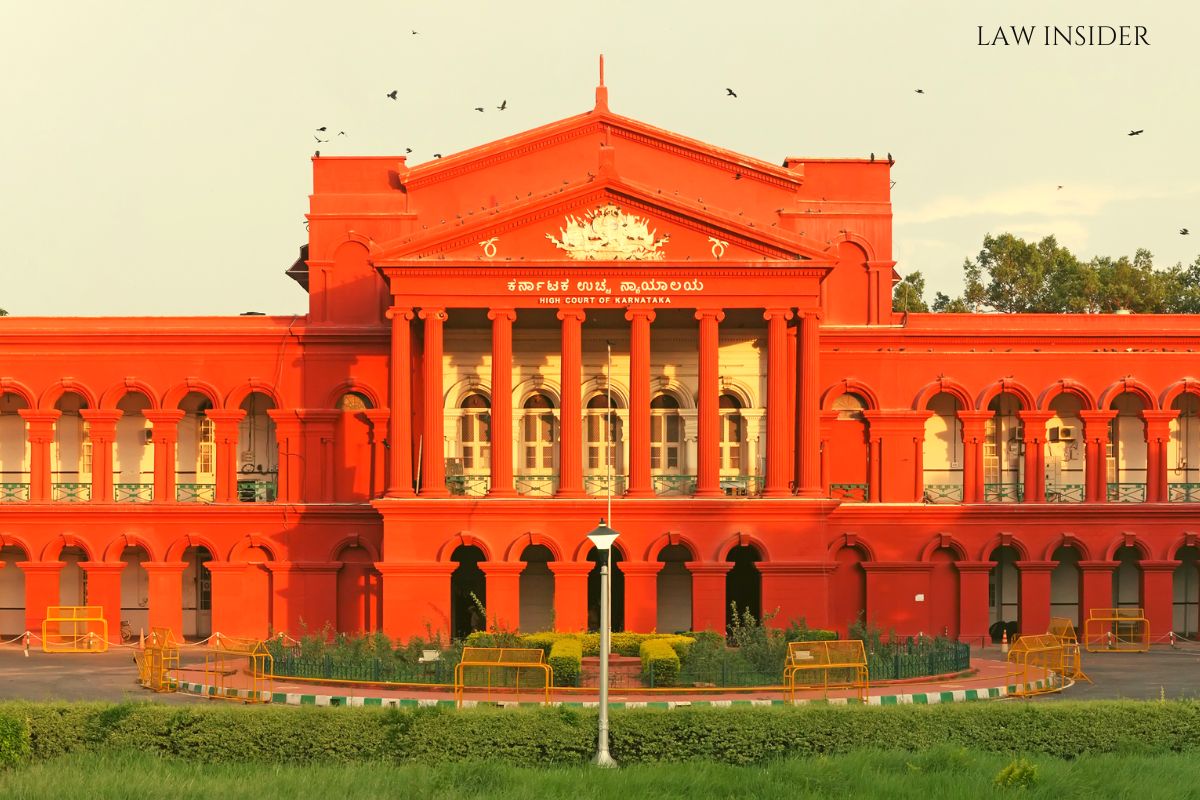Sowmiya Rajendrakumar
Published on: 09 August 2022 at 20:07 IST
The Karnataka High Court has said that use of petrol bottles while attacking police personnel and police stations by accused persons during the Bengaluru Riots of 2020 would prima-facie constitute Terrorist Act’ under Section 15 of Unlawful Activities (Prevention) Act, 1967.
A division bench of Justices K. Somashekar and Amarannavar dismissed the appeal filed by accused Ateeq Ahmed and others seeking bail in the case registered by the National Investigation Agency (NIA) following the riots incident.
The bench said “The overt acts would clearly indicate the actions of the accused persons in forming a violent mob in front of the police station, attacking the police station and police personnel using lethal weapons such as, clubs, rods, usage of petrol bottles and indulging in arson indicates that entire action was done with an intention to strike terror at the public at large. The charge sheet material would also prima face indicate presence of the appellants at the spot of incident at the time of committing offence.”
The bench noted, “Bail is the rule and jail is the exception, is the conventional idea or thinking while considering the application for grant of bail in respect of the penal offence. The exercise of general power to grant bail under UP Act is severely restrictive in scope. The use of the words under proviso to Section 43D(5) “shall not be released” in contrast with the words found in Section 437(1) of Cr.P.C. “may be released” suggestsor indicates the intention of the legislature is to take a departure from the general principle or in other words, to make the bail being an exception and jail being the rule.”
Referring to the section 15 of the Act, the bench said.
“It would emerge from sub-section (1) of Section 15 that even if the act is “likely to strike terror” the absence of “intent to strike terror” will not by itself make invocation of Section 15 unjustified. As such, accused cannot limit his arguments to say that he or she lack the necessary intent to strike terror. In other words accused will have to go one step further and demonstrate that his actions even if lacking any intent does not carry any likelihood of striking terror in the minds of the people. Clause (a) of sub-section (1) of Section 15 illustrates some of the means by which unity, integrity, security,economic security or sovereignty of India would be threatened or terror can be struck in people or any section of the people in India or in any foreign country.”
It then observed, “The test for rejection of bail will be sufficiently met if the prosecution can, prima-facie, establish commission of terrorist act. For this, prosecution will have to demonstrate the acts as enumerated in clause (a) of sub-section (1) of Section 15 with intent to strike terror or likely to strike terror in the people or any section of the people in India or in any foreign country and such acts has the effect of causing or likelihood of causing any of the result as enumerated in sub- clauses (i) to (iv) of clause (a) of sub. section (1) of Section 15.”
On going through the material on record against each of the accused the bench said,
“As a part of the conspiracy that was hatched with an intention to strike terror and cause fear in the mind of public, the appellants have acted accordingly. A perusal of the report made under Section 173 Cr.P.C and the charge sheet material, this court is of the considered view that accusations against accused persons are prima-facie true and proviso to Section 43D(5) is attracted to the facts on hand.”
It added. “Proviso to Section 43D(5) of UAP Act is squarely attracted to the facts at hand namely, charge sheet material would disclose the accusations made against appellants are prima-facie to be believed as true.”

